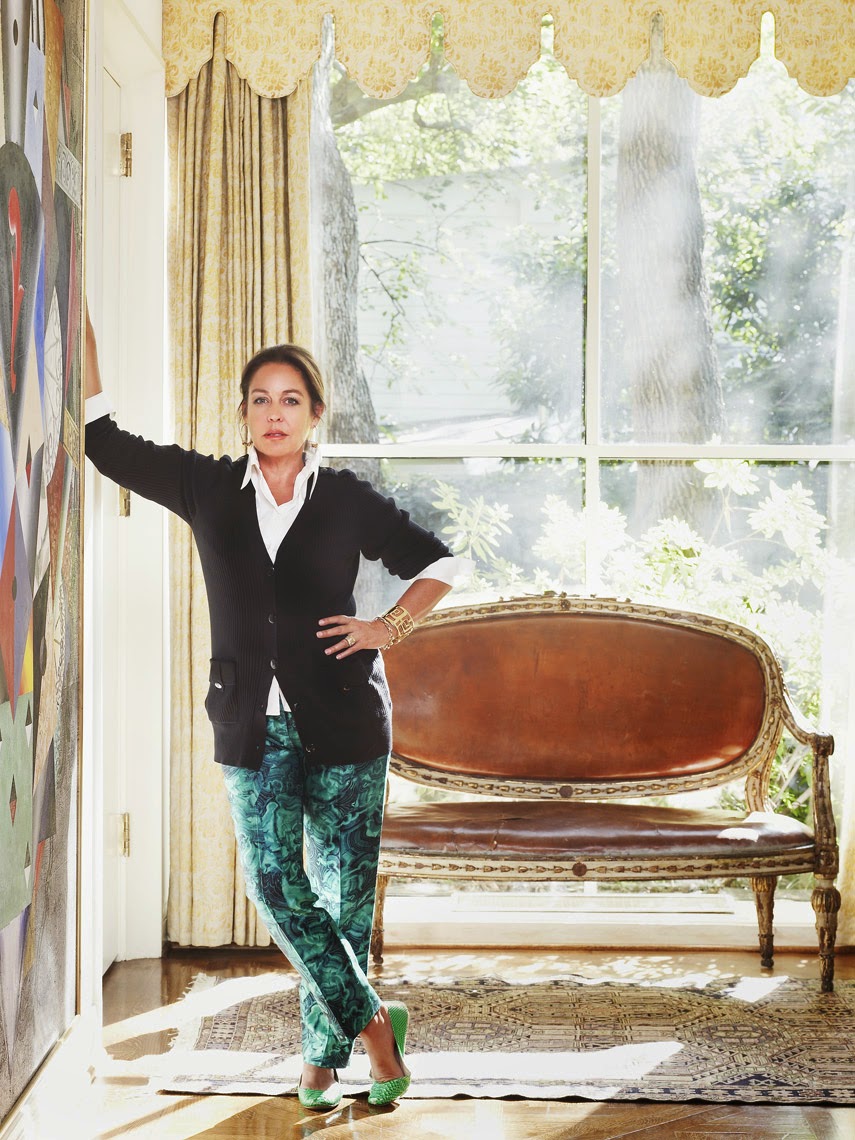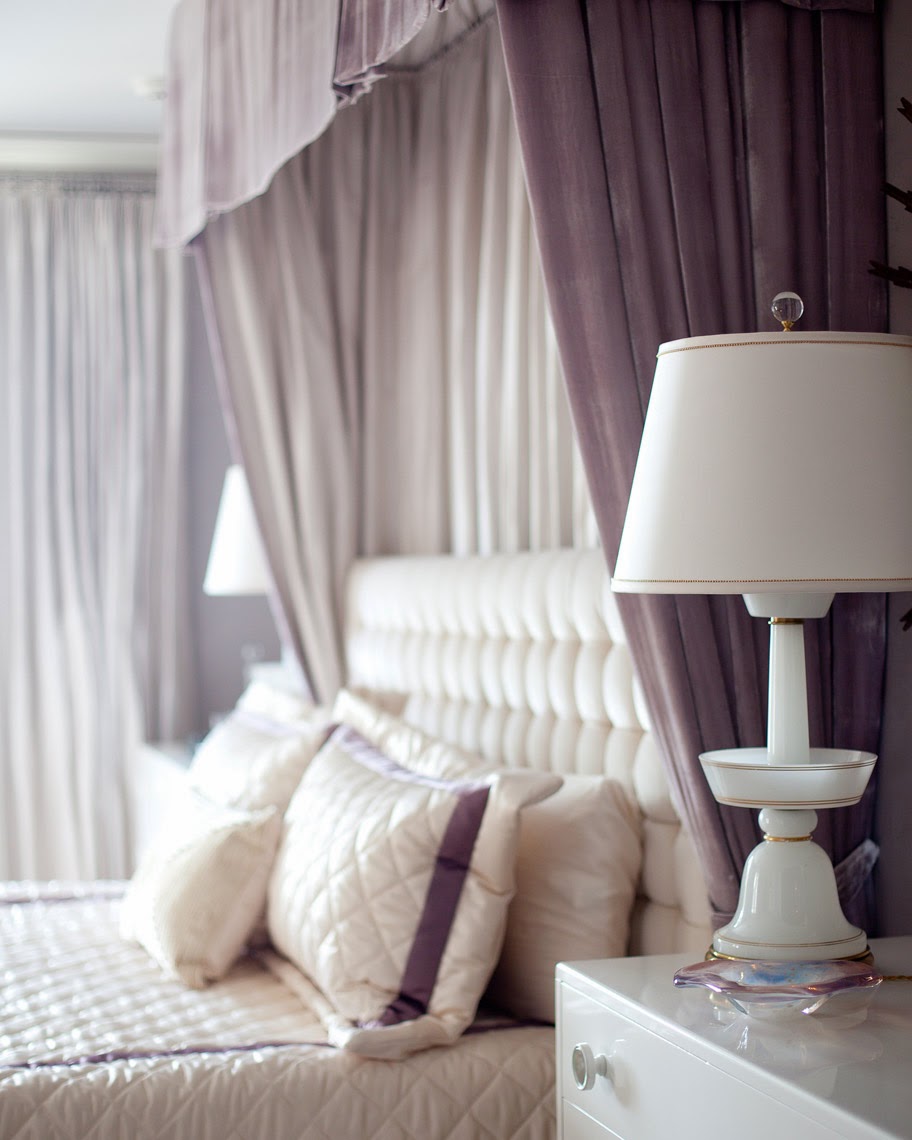Sponsored Promotion
All Photography by Stephen Karlisch
POINT, CLICK... "Good photography changes everything. It gets you noticed by magazines and attracts potential clients to your website." –Stephen Karlisch
NO. 1 Did you know the number one reason shelter magazines turn down submissions from designers and architects is because of bad photography? No matter how beautiful your work is, bad angles and lighting can undermine all your hard work and talent. If a magazine editor can't visualize it in the pages of her magazine, then your chances of getting published are made that much harder. In today's rapidly changing editorial market—when budgets are constantly being slashed and editors often rely on print-ready images to fill pages or online content—submissions with high-quality photography make editors stop and take notice.
An experienced interiors photographer can be the difference between getting a call back or a rejection.
Dallas-based photographer Stephen Karlisch has been helping designers and architects across Texas get their work into some of the top magazines in the country for 15 years, including Architectural Digest, Elle Decor, Interior Design and Veranda. Locally, he's the go-to-pro for editors at D Home, FD Luxe, Modern Luxury and PaperCity.
NO. 2 Use a photographer with influence and you have an advantage. "My contacts and key relationships in the editorial world will at least get your projects viewed and considered," says Karlisch. "If your end goal is to be in Elle Decor, it needs to be photographed like it’s already in there. Editors want to see something that’s finished. Often, they'll use them in a mock layout and see if it’ll work."
NO. 3 Be proactive. "Don't wait for magazines to come to you," adds Karlisch. "Go ahead and shoot your work and have it ready to go. When I first started in the editorial business, magazines would shoot a lot of projects and shelve them. Metropolitan Home, and Architectural Digest would always overshoot. Things would often get scrapped and never run. These days, budgets are next to nothing, they are looking for content to run."
NO. 4 Style your shoot. Even though you might have designed an amazing space, it takes a stylist to make an impact for print consideration. "I've aligned myself with great stylists and we've done a lot of editorial work together as a team," says Karlisch. "We know what it takes to make the photos appeal to editors. It also takes the pressure off designers. A stylist provides input on whether a shot is too cluttered or needs to have something added—you can get emotionally involved with an item in a room that's not necessary for the shoot."
NO. 5 Flowers have power. "A lot of the time, flowers can make or break a shoot," says Karlisch, who often teams up with floral designers who have years of experience in editorial design work. Magazines expect to have sophisticated floral in the projects they publish that are styled correctly for the look and feel of the project—and for the look of the magazine, he adds. The right flowers add dimension that magazines appreciate. A experienced floral stylist can give your design work a bit of an edge, while maintaining a timeless quality.
Says Karlisch: "A lot of images I’ve shot for design clients like Jan Showers, Emily Summers or Laura Lee Clark, the floral is important, but you don’t want it to look dated in a few years. You want to get a lot of use out of your photos, so the right flowers are critical. Several designers still feature my photos on their websites—some taken 10 years ago—and they still look fresh, as though they were taken recently."
NO. 6 Build your website with beautiful, professionally shot images. If a magazine isn't familiar with your work, they'll pull up your website and take a look at your portfolio. If it's filled with iPhone shots that you took yourself, you might have missed your one shot at getting that editor's attention. "I’ll meet a new designer who needs to get started, and they need content to build a website," says Karlisch. "Unless you're established, it's hard to get it going, or understand how to make it work. That's where having a team work with you on shoots is really helpful, so that we can help you present the strongest visuals you have. You don't need a lot of photos on your site, but if you've only got a few, they need to be really good."
NO. 7 Be ready when book publishers call. "I’m in 6 books where the designer has been contacted to supply an image for an upcoming book. You need to have these images ready when publishers contact you," says Karlisch, whose photos appear in books by Rizzoli and Taschen, among others. Book publishers and authors know the game—books simply don't have the budget to hire photographers to shoot for them, so they'll contact designers directly and get images from them. Those with the best, print-ready images have a good chance of getting into the book.
NO. 8 Shoot your project as soon as it's finished. "Designers need to put photo shoots into their design budgets so they can get it shot for their website and portfolio—successful ones do this," says Karlisch. "They are well aware that as soon as a project is almost done, they are scheduling a photo shoot. This is your legacy, don’t rush around years later hoping to get something shot."
NO. 9 Have at least one good portrait of yourself for your website and ready to go for magazines. "I got into shooting interiors because of my portrait work, says Karlisch. "I'm still known as a portraitist. I'm in tune with making people look comfortable and casual, in a professional way. A lot of it is within an environment, so we're showing your work as well."
NO. 10 Bring extra pieces for the shoot. Don't miss out on an opportunity to shoot a room or a whole house just because they lack a complete design vision. "I know designers who bring in extra furniture or accessories to fill in the holes in a room for a shoot. Sometimes the clients love it and end up buying it. It also helps complete your vision as a designer, so document your legacy."
NO. 11 Study the magazines you want to be in. "I hear from designers all the time, 'I want to be in Elle Decor or Architectural Digest,' and I always tell them, 'don’t wait for them to come to you, let’s shoot it now,' " says Karlisch. "Study what it is about the publication that makes them unique, what images do they use? If you want to be in one magazine over the other, it changes the way I approach the shoot. Some magazines want a soft look with only natural light, others like images that are crisp and heavily lit." The same is true for how rooms are styled—some magazines prefer uncluttered rooms while others like lots of collections and color. "It could be as simple as turning all the lights off," he adds. "Some publications don't want to see table lamps or chandeliers on. If you send your images to Veranda, you'd better not have a light on."
NO. 12 You get what you pay for. "If you want to get published, get someone who knows how to make your work shine. Think of it this way—as a designer, everyone knows clients can go to Restoration Hardware and Crate & Barrel and hire their in-house design services to do their house. Or they can try to do it themselves. But clients hire you because you're highly skilled and talented. The same is true in photography," says Karlisch. "There are those out there you can hire who are cheaper, but you run the risk of settling on what they can give you. You get what you pay for."
Karlisch Photography's fees are more reasonable than you may think—he can shoot a vignette, a room or a whole project for you, so it's easy to get started. Reach out to him via his website, here.
NO. 13 Emphasize the Wow Factor. "I do this a lot for my showroom clients. They'll need an image to have a wow factor for an advertorial, or ad, so I'll shoot two to three vignettes at the showroom. You can do that, too, if you're a designer who wants to advertise. Pick one or more signature shots you want for your ads, promo pieces, website, or even the dream cover of your book."
NO. 14 Get to know editors. "Designers need to establish relationships at magazines to get their work seen. You need need a solid, polished approach, almost as if selling yourself to a big client. Treat editoral magazines the same way," says Karlisch. "Go to see editors when you're in New York. Get to know your editors in Dallas."
NO. 15 Make a plan, then edit down. "When I work with a stylist and floral designer, we take the time to look at the house to come up with a plan as a team, to feel what can be shot. The designer has their input as well, but an experienced team brings more to the table and increases your chances of getting noticed by magazines," says Karlisch. "We walk through the project ahead of time, make a shot list and study the light in each room. You don't always need floral in every shot. You don't want to overwork it, and you don't always need to shoot everything. Just like when you design a room, be sure to edit what images you use. It's just as important what gets left out as what gets put in."
Make 2014 your year for getting published!
Email Stephen Karlisch for a quote at studio@stephenkarlisch.com or call the studio at 214.224.9995





















